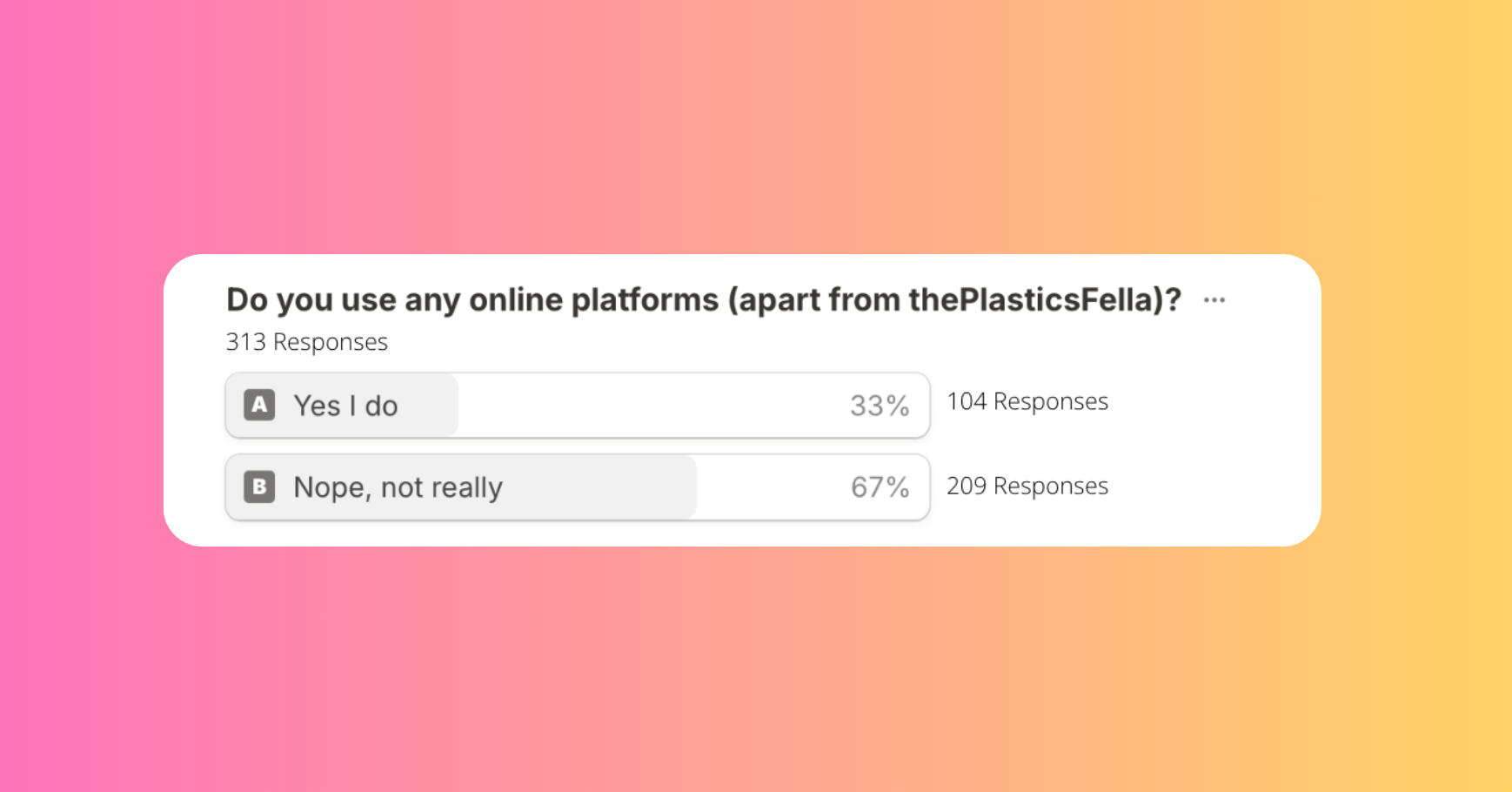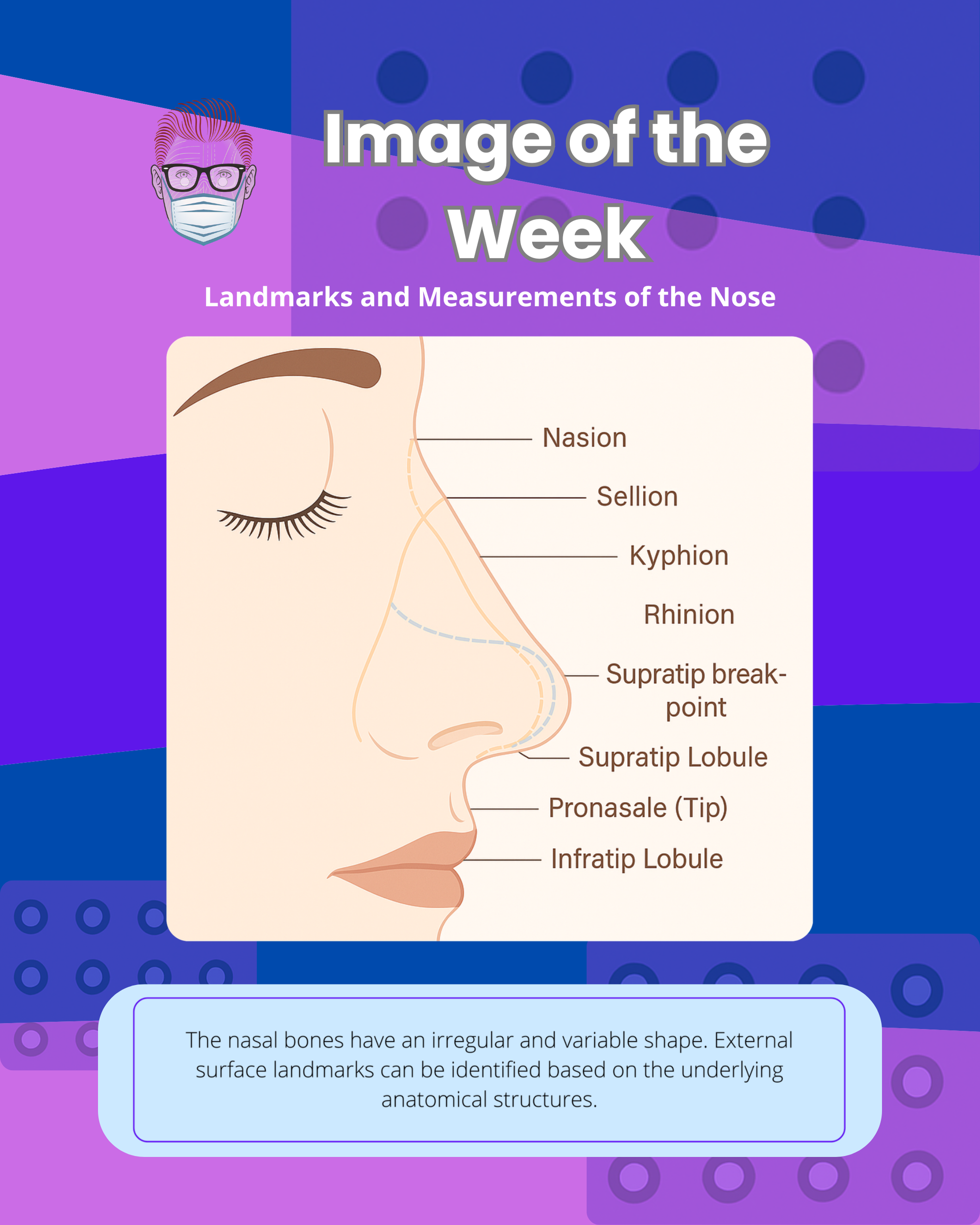In this week's edition
- ✍️ Letter from P'Fella
Grassroots Will Save Surgical Education—Not Committees - 🤓 The Sunday Quiz
How well do you know nasal anatomy. - 🖼️ Image of the Week
Landmarks and surface anatomy of the nose. - 🚑 Technique Tip
Rhinoplasty incision options. - 🎈 Upcoming Events
Share your event with plastic surgeons around the world! - 📘 Foundations Textbook
Waiting List close this Monday! - 🔥 Articles of the Week
Recommended anatomy reads for rhinoplasty & blepharoplasty: with 1-sentence summaries. - 💕 Feedback
Suggest ideas & give feedback!
A Letter from P'Fella
Grassroots Will Save Surgical Education—Not Committees
Let’s call it out: The best surgical education doesn’t come from committees. It comes from whiteboards in theatre, from WhatsApp groups, from the first five minutes of morning handover. It’s fast, personal, and built on trust, not bureaucracy.
Traditional systems remain stuck. Committees meet often, but execute rarely. They build frameworks no one reads and publish textbooks that are out-of-date before they’re even printed.
The Problem with Top-Down Learning
Centralised education is slow, generic, and disconnected from reality.
Surgical trainees are left refreshing outdated PDFs while actual teaching happens in the shadows: side-room chats, case-based group threads, weekend workshops. That’s the grassroots model. And it works.

In fact, over 70% of our users say The Plastics Fella is their main learning resource. That’s not just a win, it’s a warning. If education becomes too centralised, it becomes fragile. We need structure but we also need speed and relevance.
The Solution: Localised, Decentralised, Community-Driven
We don’t need more global committees. We need global frameworks that allow for local voices. Education should reflect the trauma load in Nairobi as much as the melanoma protocols in Melbourne. That’s the only way to scale quality without losing relevance.
And yes tech can help. But only if it follows the educators, not replaces them. In the future, you department will be able to buy Foundations specific to your local region to reflect local protocols and realities.
What Do You Think?
Is grassroots the future—or do we still need committees steering the ship?
Reply. Or better yet—tell us what’s working in your unit. Because surgical education should belong to all of us, not just those with a seat at the table.
With ❤️ and zero bureaucracy,
P’Fella
The Sunday Quiz
How Well Do You Know Nasal Anatomy
Join The Weekly Quiz in each edition of thePlasticsPaper. Tackle one question per week for seven rounds
The top scorer wins a copy of our upcoming textbook, Foundations.
Image of the Week
Landmarks and Surface Anatomy of the Nose
This week’s image breaks down the key external landmarks of the nose, crucial for preoperative planning in rhinoplasty and nasal reconstruction.
From the nasion to the infratip lobule, each structure is labelled to support accurate assessment of dorsal aesthetics, tip projection, and columellar-labial relationships.

Technique Tip
Rhinoplasty Incision Options
This week’s tip explores incision selection in rhinoplasty, demonstrated through a clinical case featuring standard rhinoplasty pre-op views.
These photographs illustrate the frontal, lateral, base, and top views used to assess nasal asymmetry, tip definition, and columellar-labial angle — all of which influence the choice between open and closed approaches.
- Open rhinoplasty allows direct visualisation of tip structures, ideal for complex reconstructions or major asymmetries.
- Closed (endonasal) rhinoplasty may be preferable for minor dorsal adjustments with minimal visible scarring.

Upcoming Events
All the good stuff in one place: Impactful conferences, high-yield webinars, and carefully curated courses for you.
Got an event coming up at your unit? Hosting a teaching session or journal club? Add it in and we’ll share it with plastic surgeons around the world!
Check out what’s on or add your own to the mix👇
Foundations Textbook
Waiting List Close This Monday!

P’Fella spent years in plastic surgery education, refining based on how you learn, what sticks, and what doesn’t.
Foundations is the result of all that feedback, trial, and refinement. It’s not a regular textbook; rather, a tool built for the way you actually study, recall, and operate.
👉 Short-form chapters for high-yield recall
👉 Curriculum-mapped content with clinical focus
👉 QR codes for live updates, new visuals, or technique refreshers
👉 AI-powered visuals designed for effective learning styles
This is the only plastic surgery textbook that evolves with you.
Pre-orders close on Monday!
Articles of the Week
3 Interesting Articles with One-Sentence Summaries
Hand and wrist function relies on surface anatomy and joint kinematics of the forearm, wrist, and hand, with joint-specific structure guiding both diagnostic accuracy and therapeutic planning.
Rhinoplasty integrates aesthetic refinement and functional restoration, and its success depends on anatomical insight, operative planning, and patient selection, while techniques span from reduction to structural grafting.
Successful blepharoplasty relies on detailed anatomical knowledge and conservative technique, shifting away from volume excision toward tissue preservation to avoid hollowing and achieve natural periorbital rejuvenation.


